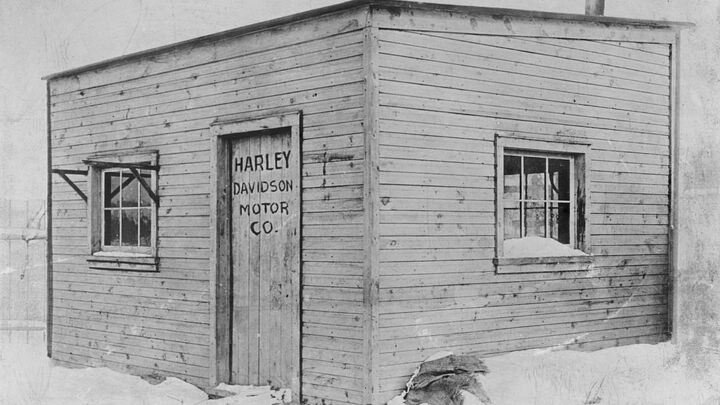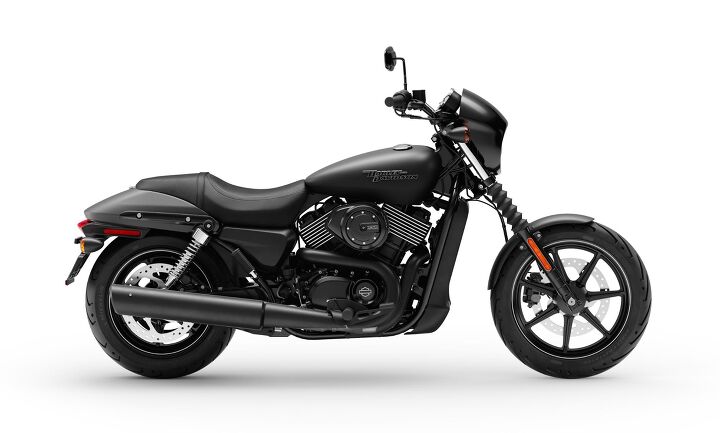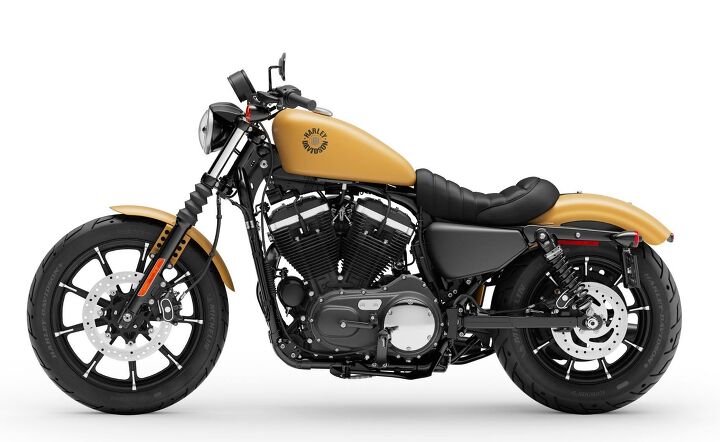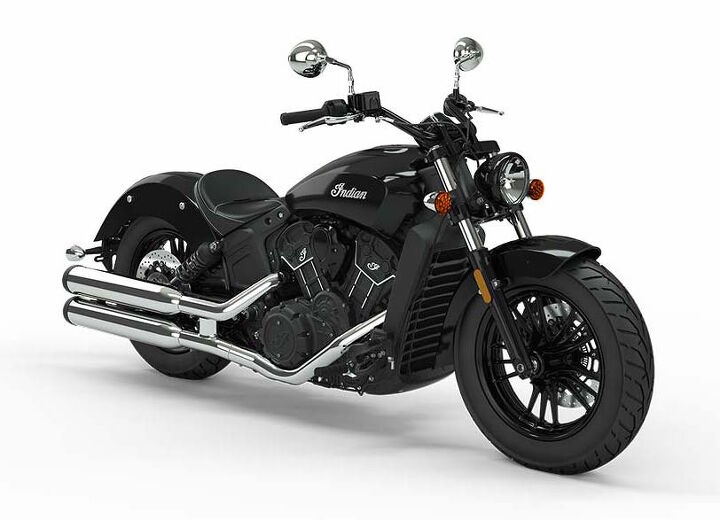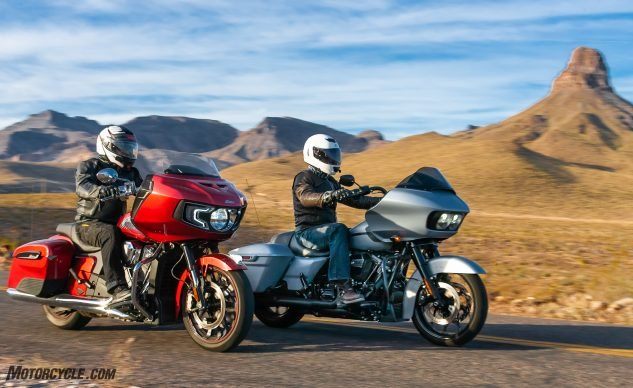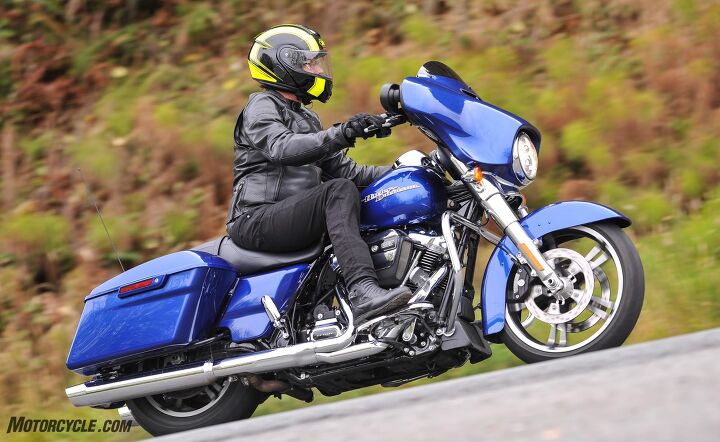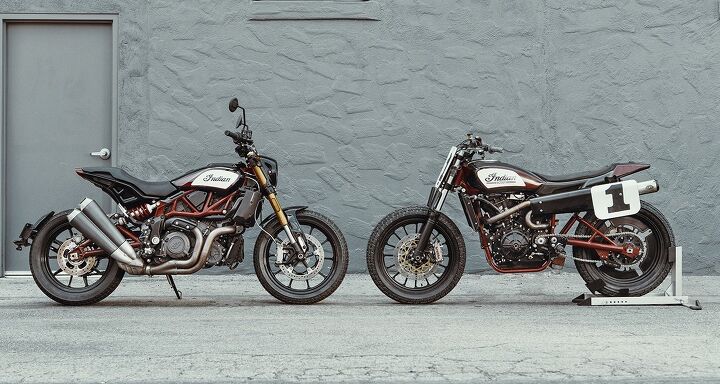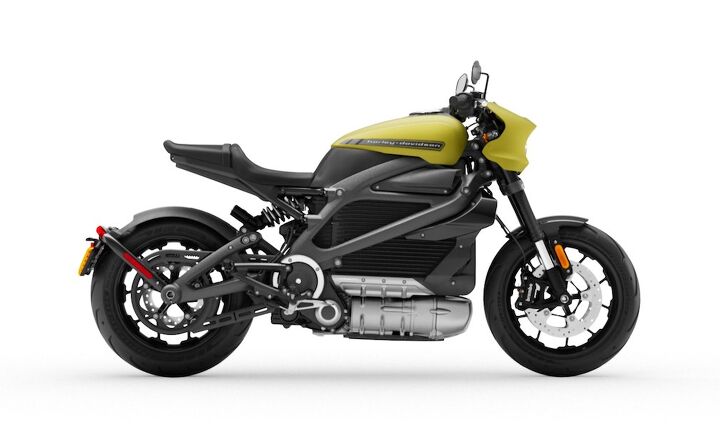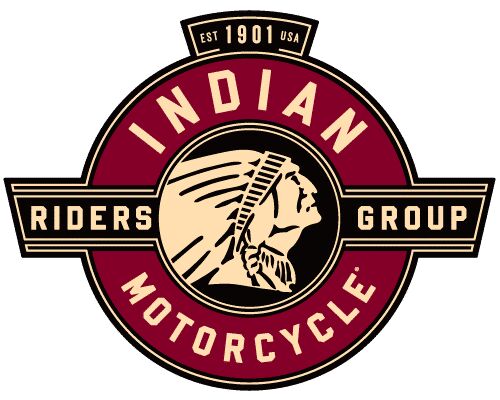It’s an age-old question in America – or it was, at least, until Indian threw in the towel in 1953. But now it’s back again, ever since Polaris bought Indian and started cranking out modern new versions in 2013 (based upon its nearly 20 years experience building Victory motorcycles). Either way, both Harley-Davidson and Indian are genuine USA royalty, right up there with Coca-Cola, Levis and the Trump Organization – and as such, both enjoy an authenticity that non-native brands can only envy when it comes to penetrating the American market. Here are some things to consider if you’ve decided to take the plunge.
5. The Heritage Thing
Though both Indian and Harley-Davidson are accepted in polite American biker society, Indian is still the new-money upstart, and as such, is not as universally embraced by the old guard. Some even look down their noses at the newcomer, aghast at the fact that the Indian name was besmirched many times after the original Indian factory in Springfield, Massachusetts, ceased production in 1953. The 60-year lapse in lineage between then and when Polaris began building all-original new Indians in 2013 is seen by some purists as a black mark against Indian’s reputation. Some claim that the company’s including “since 1901” on its bikes and marketing materials is an aggression that shall not stand, man.
Harley-Davidson, on the other hand, has been cranking bikes out of Milwaukee since 1903 pretty much non-stop, in spite of a few near-death experiences along the way, and is probably the most recognizable motorcycle brand in the world. It’s achieved a true cult following. If that kind of heritage is important to you, and if you want to be welcomed into the inner sanctum, the H-D dealer is where you must go.
But I think it’s safe to say, as Rhett Butler did, most of us don’t really give a damn.
Advantage: Harley-Davidson
4. Entry level models
Harley makes it easier on your purse to gain access, with its Street 750 model – XG750 – a great little bike that starts at $7,599 – 750 cc really only being “small” by American V-Twin standards (46 cubic inches in American). As a matter of fact, the Street 750 is one of our favorite entry-level bikes. That little engine is one of the most modern in H-D’s line-up, given its liquid cooling and overhead-cam design – which is probably why the H-D purists haven’t fully accepted it. Their loss, really. With its light weight, low seat and zippy performance, the Street’s a great beginner bike and plenty of fun for experienced riders as well.
The bike most H-D wannabes begin with, though, would be the venerable Sportster, which the Motor Company has been producing since 1957 in many iterations. To lots of the faithful, it’s not a real Harley unless it’s got an air-cooled 45-degree V-Twin engine with shiny pushrod tubes, and the Sportster delivers. To lure buyers in, Harley sets the base-model Sportster Iron 883’s price at $8,999.
Meanwhile, Indian attempts to set the hook with its Indian Scout Sixty, for the exact same $8,999. Coincidence? We think not. Where the Sportster’s 883 cc engine resides, Indian places a modern 1000 cc liquid-cooled engine (61 cubic in) that makes substantially more power than the Harley’s motor. The Indian is longer, lower of seat, better suspended and therefore more fun to ride for most of us.
Advantage Harley, if you like the Street 750
Advantage Indian, if you want something a bit bigger and faster
3. Speed and Performance? Or Style and Attitude?
Baggers – cruiser-style motorcycles with built-in saddlebags – are the biggest sellers in the USA, and Harley’s Street Glide is probably the best-selling big bike in America. For very good reasons: With bags for storage and the batwing fairing for wind protection, baggers are great for everything from running out for a gallon of milk to riding to Sturgis or wherever.
Harley’s Street Glide gets its latest Milwaukee-Eight (M8) air-cooled V-Twin, which it rates at 111 foot-pounds of torque at just 3250 rpm. For $21,999, your base model Street Glide has pretty much all you need: electronic cruise control, ABS braking, Harley’s Bluetooth-ready Boom! Box infotainment system with color screen, and most importantly, a look that traces its roots straight back to about 1945.
Again, for the exact same $21,999, Indian offers its more modern take on that classic design with its clean-sheet Challenger, an all-new model for 2019. In contrast to the H-D’s air-cooled V-Twin, the Challenger’s new Powerplus motor is a liquid-cooled overhead cam design, which it rates at 128 ft-lbs of torque at 3800 rpm – and a whopping 122 horsepower on top, at 5500 rpm. Unsurprisingly, the Indian offers greater performance than the Street Glide in terms of ride and handling as well, with superior suspension and brakes, and a sportier all-around ride.
At the same time, they’re both a blast to ride. For some people, ultimate performance is important, for others, not so much. Whose camp are you in?
Speaking of performance, Indian also offers its new-for-2019 FTR1200, a true American naked sportbike sort of in the realm of the Ducati Monster, but with an American twist. It all makes sense when you understand the FTR is mimicking the FTR750 flat-track racer Indian’s been dominating that sport with since its 2017 debut.
Harley doesn’t really have anything like the FTR1200, but it does have the extremely cool LiveWire, which is just the thing if you want to shock the crowd by showing up on a $30,000 electric motorcycle.
Performance: Advantage Indian
2. Dealer and Aftermarket Support
Lots of people don’t want to buy a motorcycle (or any vehicle) that doesn’t have plenty of dealers for support. Maybe because it’s been around for so long, Harley dealers are scattered thick all around the US and internationally as well. Many of them are more like religious gathering places than motorcycle dealerships, staffed with true believers and often with first-class lounges where the brotherhood gathers. Lots of people who like to travel on their bikes make it a point to visit them on the road for free coffee (don’t forget the t-shirt) – and it’s handy to have a dealer around in case you suffer a breakdown or flat tire you can’t fix yourself. You can even join HOG, Harley Owners Group, and become a bona fide member of the club.
Indian doesn’t have nearly as extensive a dealer network, but it does have its own Indian Motorcycle Riders (IMR) group – and both are growing.
Luckily, bikes don’t break down nearly as much as they used to, and there are still plenty of independent bikes shops all over the country that can handle emergencies and routine maintenance.
If adding accessories is your thing, it’s hard to plumb a deeper well than the one Harley owners can draw parts from. As a result of that, along with the deep and ancient knowledge base, it’s going to be a while before Indian customization opportunities catch up.
For other motorcyclists, familiarity breeds contempt.
Advantage: Harley-Davidson
1. Know thyself
Truly, this is a first-world conundrum, Karen. Be honest and figure out what you’re mainly going to use your Indian or Harley for. If it’s for social engagement, Harley still rules the roost if just barely. On the other hand, at least one guy we know who owns both says his new Chief Vintage draws more attention, but mostly from old people who think it’s an antique and want to know what year? For luxurious long-distance road-tripping, both brands offer over-the-top bikes so good – Harley’s $44,000 CVO Limited and Indian’s $39k Roadmaster Elite – you couldn’t possibly feel anybody’s pain on either one.
When it comes to Harley or Indian, in fact, the MO staff often winds up just as split as the rest of the world. We try to be completely objective and base our comparison tests strictly on ride, performance and features – but it never fails that when the bikes are all parked, after the first beer, somebody will blurt out dagnabbit I just like the (insert bike here) better! There are lots of intangibles that are as divergent as human body types and personalities; one bike just fits you better than the other one. One engine just feels better between your legs. Motorcycles are inherently subjective. Luckily, there’s an easy solution: Open a new tab and schedule a test ride on the bikes you’re interested in. Visit those bikes’ forums and Facebook groups. Enjoy the ride.
Advantage: Everybody.
Related Reading:
Bagger Battle: Harley-Davidson Road Glide Special Vs. Indian Challenger Limited
Big Dam Tour: Seven Baggers For Seven Brosephuses
The Great American $9k Cruise-Off: H-D Iron 883 Vs. Indian Scout Sixty
Retro Roadster Gaiternational Shootout: Harley-Davidson Street 750 vs. Moto Guzzi V7 II Stone vs. Triumph Street Twin
The post Indian vs Harley: Five Ways to Pick the Motorcycle that’s Right for You appeared first on Motorcycle.com.
【Top 10 Malaysia & Singapore Most Beautiful Girls】Have you follow?
